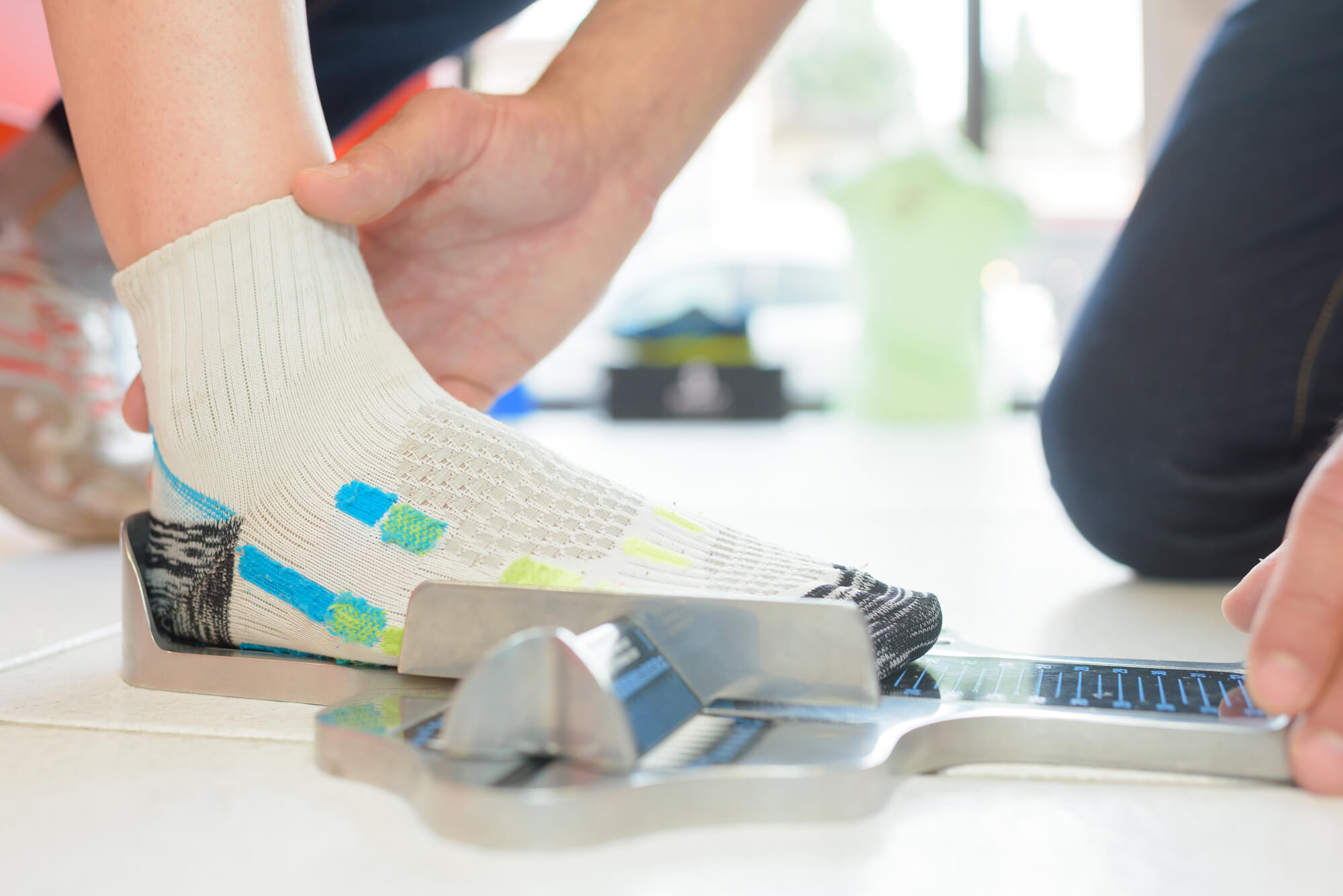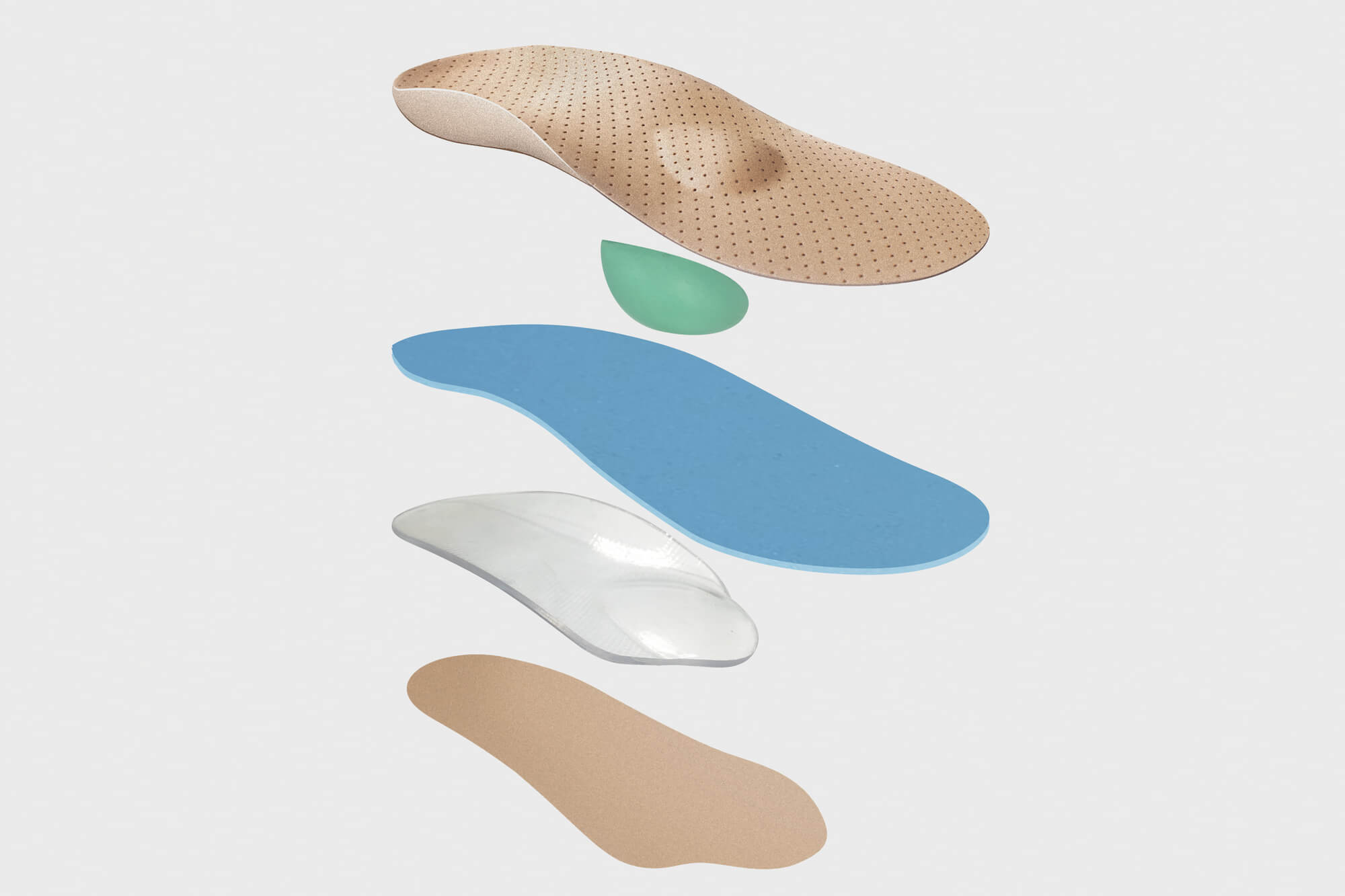What Not to Do with Plantar Fasciitis: 7 Mistakes to Avoid
Plantar fasciitis is a common and often painful condition that affects the bottom of the foot, specifically the connective tissue known as the plantar fascia. This condition can make it difficult to walk and perform everyday activities, and if left untreated, can lead to long-term problems. To ensure a successful recovery and prevent further complications, it's important to avoid making certain mistakes during treatment. Here are 7 mistakes to avoid when dealing with plantar fasciitis.
1. Not Seeking Treatment Early Enough
One of the biggest mistakes people make when it comes to plantar fasciitis is waiting too long to seek treatment. The sooner you address the issue, the easier it will be to manage and the quicker you'll be able to return to your normal activities. Ignoring the problem or hoping it will go away on its own can lead to more serious problems down the road, such as chronic pain and difficulty walking.
Why It's Important to Address Plantar Fasciitis Early
The plantar fascia is a thick band of tissue that runs from the heel to the toes and helps support the arch of the foot. When this tissue becomes inflamed, it can cause pain and stiffness, particularly when standing or walking. The longer you wait to address the problem, the more likely it is to become chronic and harder to treat.
The Potential Consequences of Delaying Treatment
If you don't seek treatment for plantar fasciitis, the condition can become more severe and lead to chronic pain. This can make it difficult to walk or perform everyday activities, and can even lead to other problems such as falls or injuries.
Additionally, the longer you wait to seek treatment, the more likely it is that you'll need more intensive or invasive interventions, such as injections or surgery.

2. Continuing High-Impact Activities or Exercises
Another mistake to avoid when dealing with plantar fasciitis is continuing high-impact activities or exercises. These types of activities put a lot of strain on the feet and can exacerbate the condition. It's important to give your feet time to rest and heal in order to speed up your recovery.
The Role of Rest in Plantar Fasciitis Treatment
Rest is an important part of the treatment process for plantar fasciitis. By taking a break from high-impact activities, you can give your feet time to heal and reduce the risk of further damage. It's also a good idea to avoid standing for long periods of time, as this can put additional strain on the plantar fascia.
Low-Impact Alternatives for Staying Active
While it's important to rest your feet during the recovery process, it's also important to stay active. Low-impact activities such as swimming, cycling, or using an elliptical machine can help you stay in shape without putting additional strain on your feet. It's also a good idea to incorporate stretching and strengthening exercises into your routine to help improve flexibility and support the arch of the foot.

3. Wearing Improper Footwear
Wearing improper footwear is another common mistake people make when dealing with plantar fasciitis. Shoes that are too loose or don't offer enough support can cause additional strain on the feet and make the condition worse. It's important to choose shoes that are supportive and comfortable to help alleviate pain and promote healing.
The Importance of Supportive Shoes for Plantar Fasciitis
Supportive shoes are crucial for managing plantar fasciitis. Shoes that offer good arch support and a firm heel counter can help alleviate strain on the plantar fascia and reduce pain. A cushioned sole can also help absorb shock and reduce impact on the feet. Choosing shoes that are comfortable and fit well can also help prevent further injuries and improve overall foot health.
Features to Look for In a Good Shoe for Plantar Fasciitis
When choosing shoes for plantar fasciitis, there are a few key features to look for. Firstly, the shoe should offer good arch support to help alleviate strain on the plantar fascia. A firm heel counter is also important, as this will help keep your foot in place and prevent excess movement. Additionally, look for shoes with a cushioned sole to help absorb shock and reduce impact on the feet. It's also a good idea to choose shoes with a wide toe box to allow for plenty of room for your toes.

4. Neglecting Stretching and Strengthening Exercises
Another mistake to avoid when dealing with plantar fasciitis is neglecting stretching and strengthening exercises. These exercises are important for maintaining flexibility and supporting the arch of the foot, which can help alleviate pain and promote healing.
Why Stretching and Strengthening Are Crucial for Plantar Fasciitis Recovery
Stretching and strengthening exercises can help improve flexibility and support the arch of the foot, which can help alleviate pain and promote healing. Strong feet and ankles can also help reduce the risk of future injuries and improve overall foot health.
Examples of Helpful Exercises
Some examples of stretching and strengthening exercises that can be helpful for plantar fasciitis include:
- Toe stretches: Sit with your legs straight out in front of you and your feet pointed upwards. Use your fingers to gently pull your toes back towards your shins. Hold for 30 seconds and release.
- Calf stretches: Stand facing a wall with your hands against the wall. Step back with one foot and bend the other leg, keeping your heel on the ground. Hold for 30 seconds and switch sides.
- Arch lifts: Stand with a towel under your foot and use your toes to scrunch the towel towards you. Hold for a few seconds and release.
- Heel raises: Stand with your feet hip-width apart and slowly raise up onto your toes. Hold for a few seconds and then lower back down.

5. Not Using Inserts or Orthotics
Another mistake to avoid when dealing with plantar fasciitis is not using inserts or orthotics. These devices can help provide additional support and cushioning to the feet, which can help alleviate pain and promote healing.
How Inserts and Orthotics Can Help with Plantar Fasciitis
Inserts and orthotics are designed to provide additional support and cushioning to the feet. They can help alleviate pressure on the plantar fascia and reduce pain. These devices can also help improve posture and gait, which can help prevent future injuries and improve overall foot health.
Types of Inserts and Orthotics Available
There are a few different types of inserts and orthotics available, including:
- Over-the-counter inserts: These are readily available and can be found at most drug stores or sporting goods stores. They are generally less expensive than custom orthotics, but may not provide as much support.
- Custom orthotics: These are made to fit your specific feet and are generally more expensive than over-the-counter inserts. They are typically made by a podiatrist or other foot specialist and may be covered by insurance.

6. Not Following Through with A Treatment Plan
Another mistake to avoid when dealing with plantar fasciitis is not following through with a treatment plan. It's important to stick to the recommendations of your healthcare provider and follow through with your treatment plan in order to see the best results. Skipping treatments or neglecting your plan can slow down your recovery and make the condition worse.
The Importance of Consistency in Plantar Fasciitis Treatment
It's important to be consistent with your treatment plan in order to see the best results. This means following through with stretching and strengthening exercises on a regular basis, wearing supportive shoes, and taking breaks when necessary. Skipping treatments or neglecting your plan can slow down your recovery and make the condition worse.
Strategies for Staying on Track with A Treatment Plan
There are a few strategies you can use to help stay on track with your treatment plan:
- Set reminders: Use your phone or a planner to set reminders for when you need to do your stretches or exercises.
- Find a partner: Having a friend or family member who is also dealing with plantar fasciitis can be a great source of support and motivation. Work together to stay on track with your treatment plan.
- Keep track of your progress: It can be helpful to keep a log of your progress, including how you're feeling and any changes you've noticed. This can help you stay motivated and see how far you've come.

7. Not Seeking the Help of A Professional
Finally, another mistake to avoid when dealing with plantar fasciitis is not seeking the help of a professional. A podiatrist or other foot specialist can provide specialized treatment and guidance to help you recover more quickly and prevent future problems.
The Benefits of Working with A Healthcare Provider for Plantar Fasciitis
There are a few benefits to working with a healthcare provider for plantar fasciitis:
- Expert guidance: Podiatrists and other foot specialists have specialized knowledge and training in treating foot conditions. They can provide guidance on the best treatment options for your specific needs and help you create a personalized treatment plan.
- Early detection and treatment: Working with a healthcare provider can help ensure that your condition is diagnosed and treated early on, which can help prevent further complications.
- Access to specialized treatments: Podiatrists and other foot specialists have access to a range of specialized treatments, such as injections or custom orthotics, that can help alleviate pain and promote healing.
When to Seek the Help of A Professional
If you're experiencing pain or discomfort in your feet, it's a good idea to seek the help of a professional. This is especially important if you have diabetes or other underlying health conditions that could affect your feet. Additionally, if you've tried self-care measures such as rest, stretching, and over-the-counter pain relief and your symptoms are not improving, it's a good idea to seek the help of a healthcare provider.
Conclusion
If you're dealing with plantar fasciitis, it's important to know what not to do in order to speed up your recovery and prevent further complications. Avoiding common mistakes such as wearing improper footwear, neglecting stretching and strengthening exercises, and failing to follow through with a treatment plan can help you alleviate pain and improve your overall foot health.
Remember to seek treatment early, wear supportive shoes, incorporate exercises into your routine, and use inserts or orthotics as needed. By following these tips and seeking the help of a professional, you can successfully manage your plantar fasciitis and get back on your feet pain-free.

